Devices, processes, people and things. The Internet of Everything has to do with all these dimensions that, together, describe a deep revolution that will affect society at 360°. People often have been addressed, even on our pages, as audience and actor, at the same time, of the interconnected revolution. The Internet of Things, in fact, should have the objective of improving people quality of life, as private citizens but also as workers.
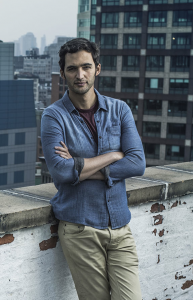
Can we try to imagine how that humanity will grow with the Internet of Things and what will happen to the human being hyperconnected? We spoke with Jason Silva, philosopher, visionist and futurist born in Venezuela and stabilized in America, recently included in the top 30 global influencers on IoT. With him we talked about the Internet of Things, of course, but also about future, humanity and technology.
What emerges is a scenario extremely stimulating. And even vaguely concerning?
It’s a great metaphor in the sense that increasingly humans have become a geological force. The decisions of culture and mind affect the world more profoundly than geology does. Our memes are stronger than our genes. Advances in biotechnology will upgrade our biology. Advances in nanotechnology will pattern atoms the way we pattern 1’s and 0’s in digital space. As Mark Pesce said: the world will become “linguistically pliable.”
3. IoT, big data, analysis through AI systems, information becoming knowledge, accessible on a global level, constantly revised, enriched, transformed by and through automated systems. How will this reshape the overall cultural and scientific landscape in the next decades? How will this accelerate socio-political transitions at national and regional level? How will it change cultural core values at personal, national and world wide level?
I think Jeremy Rifkin’s book the Zero Marginal Cost Society is spot on. All price points drop to zero. Everything will be automated by smart AI systems. We will move from a world of scarcity to a world of abundance. We overcome and transcend all limitations.
4. Can you express, in a tweet, how will the Interconnected World look like in 2100?
“New constructions kits for our reality.” A world where matter is programmable via nanotech. A world where biology is programmable via biotech.
(The italian version of the interview is available here.)





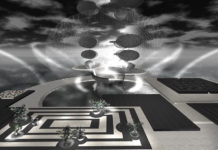
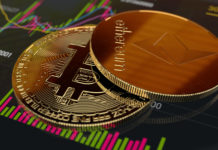
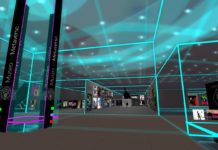

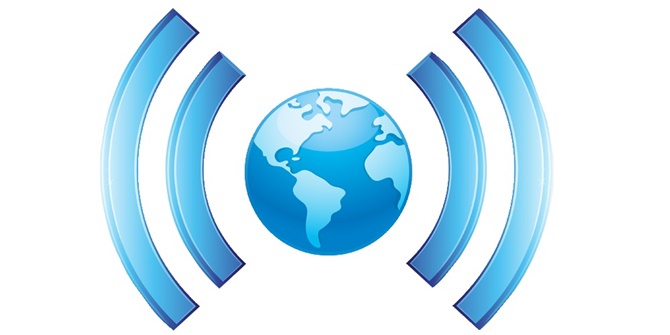
Facebook Comments